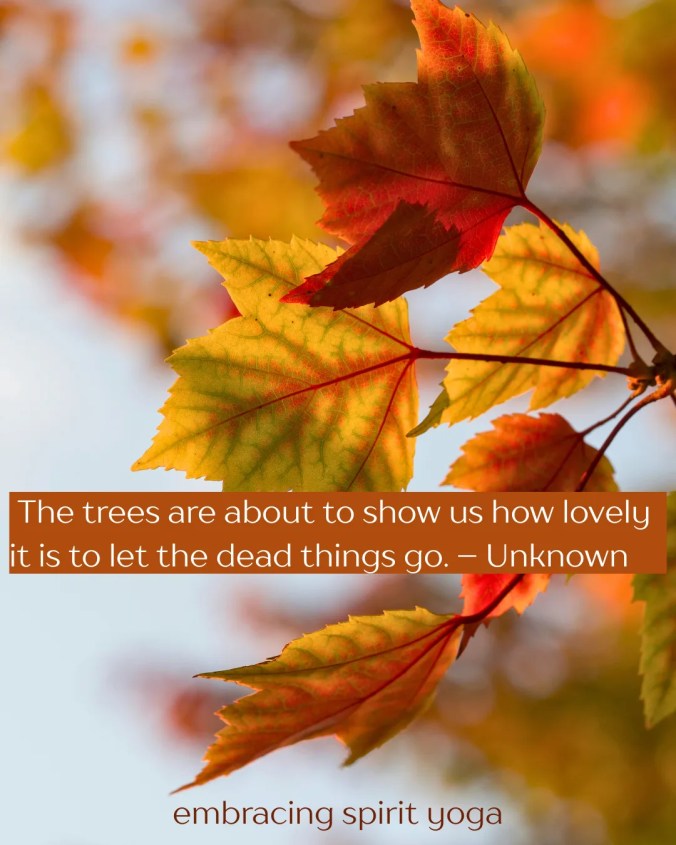Living Mary Oliver’s Wisdom Through Healing, Teaching, and Everyday Wonder**
There are some quotes that stay with us, not because they’re clever or inspiring, but because they feel like a compass pointing us back to ourselves. Mary Oliver’s simple yet profound guidance has been one of those touchstones for me:
“Instructions for living a life:
Pay attention.
Be astonished.
Tell about it.”
I return to these words again and again — especially during seasons of change, healing, or uncertainty. They’ve shaped the way I teach, the way I write, and the way I share my story with the world. And the more life I live, the more I realize how true they are.
Pay Attention
Paying attention is an act of devotion.
It’s choosing presence over autopilot.
It’s noticing the way your breath settles your nervous system.
It’s honoring the wisdom of your body — even when it’s hurting, even when it’s asking you to slow down.
In my own healing journey, paying attention has been my teacher. It’s also what inspired so many of the reflections and weekly practices in 52 Weeks of Wisdom & Wellness. When we pause long enough to notice the subtle shifts within us, we create space for renewal.
Be Astonished
Life asks us to be astonished — not in a loud, dramatic way, but in the soft moments that catch our breath.
A sunrise after a difficult night.
The way community gathers and holds us.
The resilience that keeps rising even when we feel worn down.
The capacity for joy that still lives in us, quietly waiting.
Being astonished is not about pretending everything is perfect. It’s about allowing ourselves to be moved, touched, awakened by the small wonders that sustain us.
Tell About It
This is the part of the quote that has shaped my work the most.
Telling about it — through writing, teaching, mentoring, or public speaking — is how we weave connection. It’s how we share our healing in a way that encourages others to find their own. It’s why I wrote my book. It’s why I continue to speak to caregivers, yoga teachers, and communities who need support.
Storytelling is healing.
Storytelling is service.
Storytelling is how we whisper to one another, “You’re not alone.”
Every time I stand in front of a group, turn on a camera, or sit down at my keyboard, I carry Mary Oliver’s words with me. They help me stay rooted in what matters: presence, awe, and truth.
A Gentle Reminder for Your Day
Wherever you are in your own season of life, may these words remind you to slow down, breathe deeper, and return to what is real and meaningful.
Pay attention to the small things.
Let yourself be astonished.
And tell your story — because your voice, your wisdom, and your lived experience matter more than you know.





